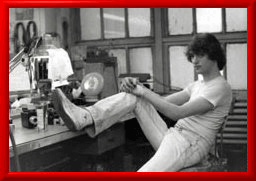

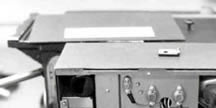 |
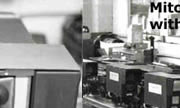 |
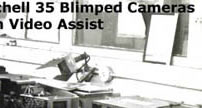 |
|
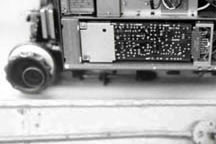 |
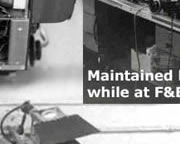 |
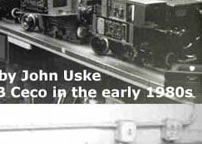 |
|
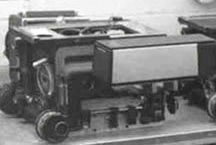 |
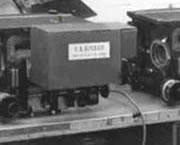 |
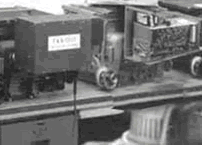 |
|
Working on a motion picture camera is really like working on a still camera with the exception that the film transport is motorized. At the core of all motion picture film cameras is a mechanism that engages the sprocket holes on the sides of the film to pull it down for one frame and let it stay there while the camera shutter is activated to expose the image. While the film is being exposed the sprocket claws are traveling back up to re-engage the sprocket holes of the film once again and pull it down to the next frame. The camera does this over and over at the rate of 24 frames per second (Fps) in the USA and 25 frames per second in Europe.
The film advance mechanisms in these cameras are made up of parts machined to extremely tight tolerances with a mirror smooth surface finish. This is because on a film shoot stray noise cannot be tolerated at all. Every effort is made in the design to eliminate the noise that comes from the motion of the film transport system, and even after all of that the cameras are still encased in an insulated housing called a sound blimp during a shoot. The motor speeds also had to be precisely controlled to 24 Fps because the sound was recorded separately with a tape recorder. The sound was then joined together with the images during the editing process. If the film speed were off one would see a person's lips go out of synchronization with the sound track over time.
The place I worked for rented these cameras out mostly to producer directors who used them to shoot TV commercials. My job was to check out the cameras, lenses, and film magazines after they came back from rental to make sure that they were all in good condition, and clean them up so they were ready to go again. If they needed repairs I did those too.
Because I had electronic abilities I was put in charge of maintaining the dual camera set-ups. This consisted of a film camera to shoot the TV commercial and also a small video camera which also simultaneously captured the same image that was being put on the film via a beam splitter in the film cameras view finder. The beam splitter usually consisted of a semi transparent pellicle mirror. The video camera's image was taped. Instead of the client waiting until the next day to see the film footage, the tape could be played back immediately on the set so they could make comments or revisions for the director to follow.
These little video cameras were black and white with vidicon tube sensors. Most of the times I was adjusting the horizontal and vertical oscillators on the cameras and the monitors to get uniform picture height and width. Many times I was actually stationed on the set during a commercial shoot just in case something went wrong with the cameras set up so I could correct it. Because of this the guys in the shop used to call me "Captain Video". I was having fun with this job when I went on the set but cameras were really starting to bore me and I wanted to get away from this all together.